#PHEVs
Report: Aston Martin Actually Won’t Be Going All Electric
Despite previously having vowed to offer an entirely electric lineup by 2030, Aston Martin has decided to continue selling internal-combustion vehicles beyond the next decade. Company chairman Lawrence Stroll now believes that there will always be demand for combustion engines. Apparently, customers had conveyed to Aston dealers that they still prefer traditional powertrains and want the sensations associated with gasoline-powered automobiles.
Are Plug-In Hybrids the Future?
On today's podcast, we ponder if plug-in hybrids are the future, talk Tesla and Ram, and ruminate on our first races attended as fans.
General Motors Bringing Back Plug-in Hybrids
Despite previously having committed itself toward a future where it builds all-electric vehicles, General Motors has made plans to bring plug-in hybrids back to our market. That’s according to CEO Mary Barra, who announced on Tuesday that the automaker would be leaning on hybrid vehicles to help contend with increasingly strict emission regulations.
GM Dealers Want Hybrids Instead of More EVs
General Motors is pushing ahead with plans to become an electric automaker, but the road toward that goal hasn’t been the easiest so far. Cadillac and Buick dealers accepted buyouts in large numbers to avoid making investments to sell EVS, and now the automaker’s dealers are pushing it to develop more hybrids instead of releasing new electric models.
Abandoned History: The 2014 VIA VTRUX Pickup, a Forgotten Silverado
2023 Mitsubishi Outlander PHEV First Drive – Still Finding Its Way
Standing in the lobby at Mitsubishi’s suburban Nashville headquarters last week, I looked out the window and saw Nissan’s own HQ just down the street. Even though Mitsubishi tells me that it’s just a coincidence that the two offices are that close to one another, the two companies are part of a larger alliance that also involves Renault. Even if it’s not intentional, one can feel the corporate synergy.
Mazda Rotary Engine Returning on MX-30
After years of speculation that Mazda would someday bring back rotary-powered performance, the company is finally willing to confirm that our collective hope was not in vain. However, there will be no rear-drive RX model spinning up its triangular Wankel beyond 8,000 rpm because piston-free rotary engines are difficult to seal. Despite making oodles of power for their size, they’re not well optimized for everyday driving and tend to offer the kind of fuel economy and emissions that get regulators’ panties in a twist.
Given the circumstances, Mazda’s rotary will be returning as a range extender for the MX-30 PHEV.
California Proposal Calls for 68 Percent EV Sales By 2030
Now that the U.S. Environmental Protection Agency (EPA) looks poised to reinstate California’s waiver under the Clean Air Act — allowing the state to establish stricter tailpipe emissions than the federal limits — the coastal region has resumed its quest to abolish gasoline-powered vehicles in earnest. While the California Air Resources Board (CARB) has yet to finalize all the details, the latest proposal calls for strengthened emissions standards for new light-duty vehicles in anticipation of the necessary approvals.
The scheme would require pure electrics and plug-in hybrids (PHEVs) to make up 35 percent of new-vehicle sales for the 2026 model year. By 2030, that number will become 68 percent before hitting 100 percent for MY 2035. CARB said zero-emission vehicles comprised 12.4 percent of the state’s new market in 2021, hinting that the number could have been higher without the Safer Affordable Fuel-Efficient (SAFE) Vehicles Rule Part One having stifled its progress.
Toyota Announces EV Strategy, Readies $70 Billion for the Cause
On Tuesday, Toyota Motor Corp. announced a commitment of 8 trillion yen ($70 billion USD) toward the goal of achieving carbon neutrality someday. Though the concept of any multinational manufacturing entity totally nullifying their carbon footprint seems kind of laughable, so we’ll be referencing this as another electrification strategy — which is still a big deal considering how EV averse Toyota has been thus far.
Despite being an environmental trendsetter with the Prius Hybrid, Toyota has been hesitant to formally commit itself to transition its lineup toward being reliant on battery power. However, President Akio Toyoda has just proudly confirmed that the Japanese automaker would be earmarking the funds for exactly that purpose, noting that the brand (along with Lexus) would be spending the money through 2030 to make sure its global sales of battery electric vehicles (BEVs) reach 3.5 million vehicles annually. Though the most enjoyable aspect of the release was the direct manner it was presented, with Toyoda-san being impressively honest about modern automotive trends.
Plug-in Hybrid - Transitional Tech, or Pointless Pursuit?
Mainstream hybrid cars have been with us for more than twenty years – at least since the first Toyota Prius hit the market in 1998 – and their image has evolved considerably. When they first arrived on the scene, for example, they were hailed as the car to be seen in if you wanted to be seen saving the planet, and there were a lot of celebrities who wanted to be seen in the things in the early Aughts. Over time, the virtue-signaling vehicle of choice switched from the Prius to the Tesla, but the Prius soldiered on with considerable green cred, eventually spawning an entire line of Priuses (Prii?) in the process. These days, however, the green crowd doesn’t want to talk about hybrids in a positive light, with some journalists calling for an end to the “era” of hybrids to come – now.
From climate crusader to internal-combustion enabler in the span of just two decades, then. That’s kind of impressive, I think, but it got us thinking about plug-in hybrids. Were they really a transitional technology that could hold the hands of overly cautious consumers as they tiptoe from internal combustion to battery power, or were they a flawed, compromised technology by definition – the worst of all possible worlds, combining the pollution and maintenance needs of internal combustion with the added weight and electrical complexity of electric, with nary a benefit over either to be found?
California PHEV Owners Return to Gas Power
Electric vehicles are one way to carbon neutrality. Yet 20 percent of California PHEV owners have gone back to gas-powered vehicles.
As Honda's CEO Pours Cold Water Over Electrics, How Are the Brand's Dedicated Green Cars Doing?
Count Honda among the dwindling number of automakers that believe a sudden market shift to electric drive technology is little more than a pipe dream. As you read yesterday, the company’s CEO, Takahiro Hachigo, is on the record as saying, “I do not believe there will be a dramatic increase in demand for battery vehicles, and I believe this situation is true globally.”
While rival automakers like Toyota, Mazda, and Subaru have teamed up to advance their electrified ambitions, Honda chose to take it slow and go its own way. Its efforts have already born fruit, and continue to do so. Honda was the first automaker with a mass-market hybrid, but the ensuing two decades has seen the automaker temper its expectations of a fickle, gas-loving public. The brand’s product reflects its outlook.
So, how’s that product doing?
Mitsubishi Concept CUV Comes With a Question
Either those fan-type objects are meant to exhaust vape clouds from the cabin (pods?), or the upcoming concept vehicle from Mitsubishi will need clearance from the FAA to visit grandma’s house. Are they speakers? Will drivers of this wildly unlikely production candidate create impromptu block parties wherever they go?
Mitsubishi isn’t saying. All we know is that the concept, bound for next month’s Tokyo Motor Show, is a plug-in hybrid, not unlike the Outlander PHEV. Interestingly, Mitsubishi opted to spell out the PHEV acronym, making the vehicle seem more futuristic than it actually is.
Fiat Chrysler Gains Partners to Help Ease Europeans Into Greener Cars
Fiat Chrysler is no stranger to paying the piper when it comes to its less-than-stellar fleetwide emissions, with steep fines and pricey regularly credit deals keeping the automaker’s accountants busy on both sides of the Atlantic.
Some sort of relief is on the way in the form of a $10 billion electrification plan, the results of which will see 17 electrified (electric, plug-in hybrid) models enter the fray by 2022. That’s the intent, anyway. To give the looming crop of green Fiats and Jeeps a better chance of success, FCA has partnered with a pair of European utilities — providing customers with a way of fueling their vehicles.
Toyota Ramps Up Electrification Timeline, Outlines Nuanced Strategy
Following announcements that Toyota would be working on a shared electric vehicle platform with Subaru, as well as a jointly developed crossover, the brand conducted a press conference on Friday regarding its decision to “popularize BEVs.” While the announcement didn’t deal with the specifics of cutting-edge tech, auxiliary business opportunities, or even a total shift toward battery electric vehicles, it did represent a major commitment from a manufacturer that’s notoriously cautious in its decision making.
Opening the conference, Executive Vice President Shigeki Terashi focused largely on the challenges of electrification. Terashi said Toyota’s intent has always been to support “social progress” and curb CO2 emissions while acknowledging that it had only made formal commitments to electrification within the last couple of years. However, he showed that the automaker has been busy within that time, and had several initiatives in the works aimed at repositioning Toyota as a mobility brand, by outlining the company’s extremely complex EV strategy.
Buckle up, because there is a lot to this — including some new cars.



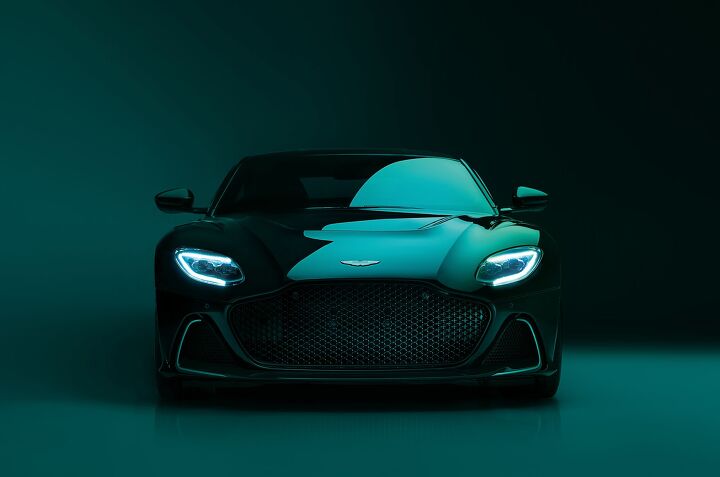

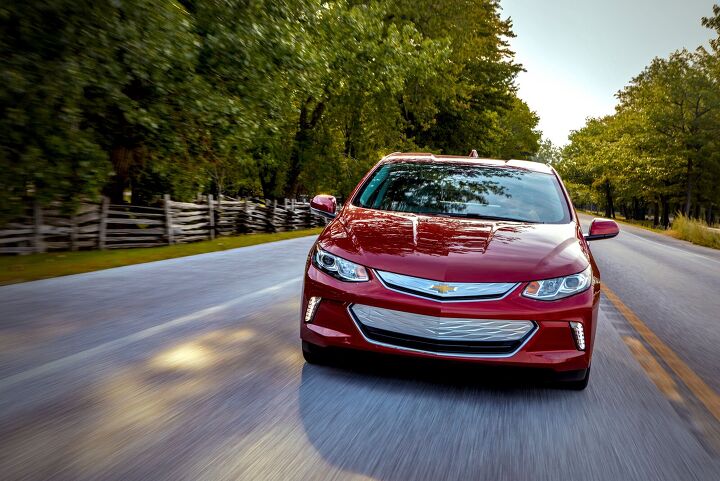
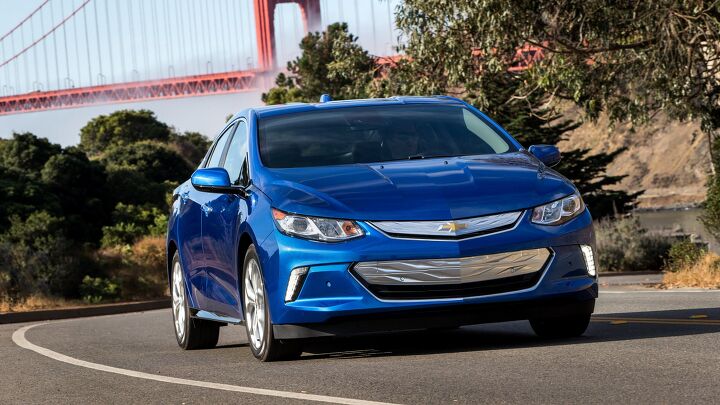
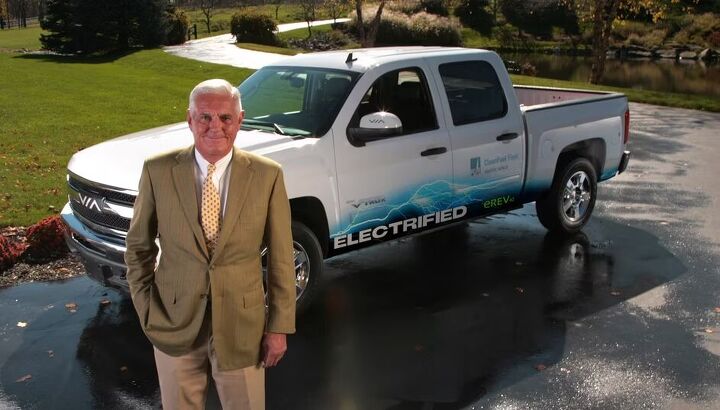



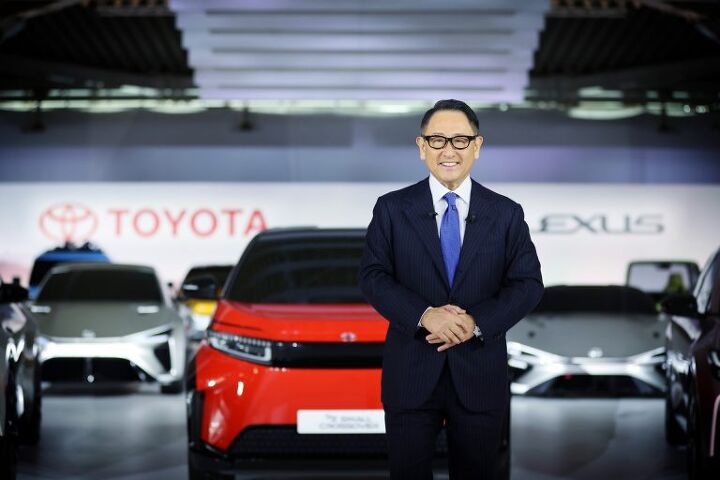
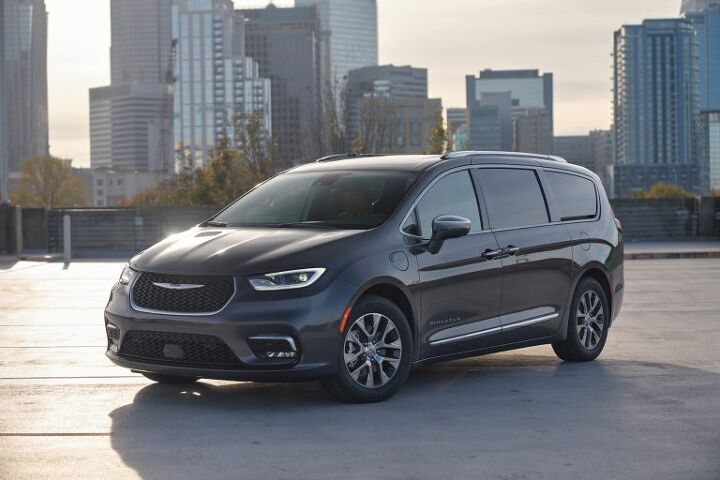

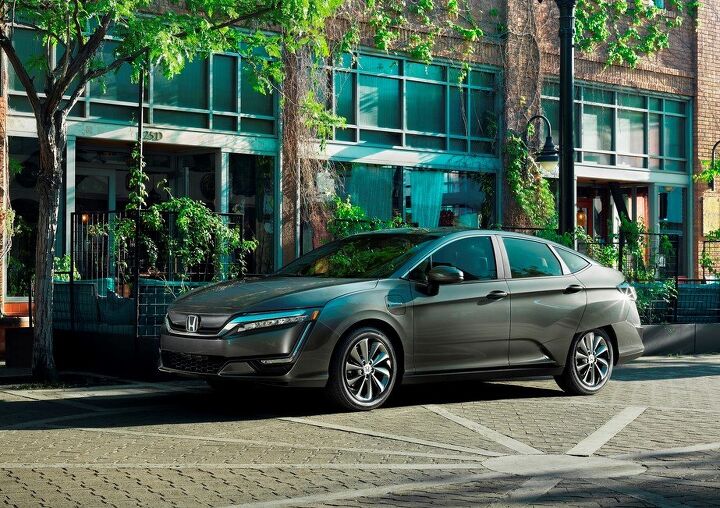

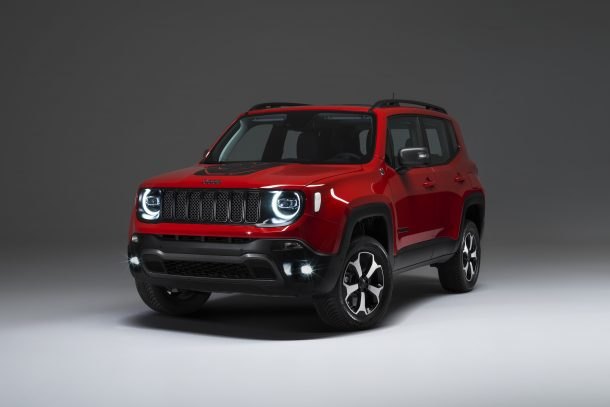
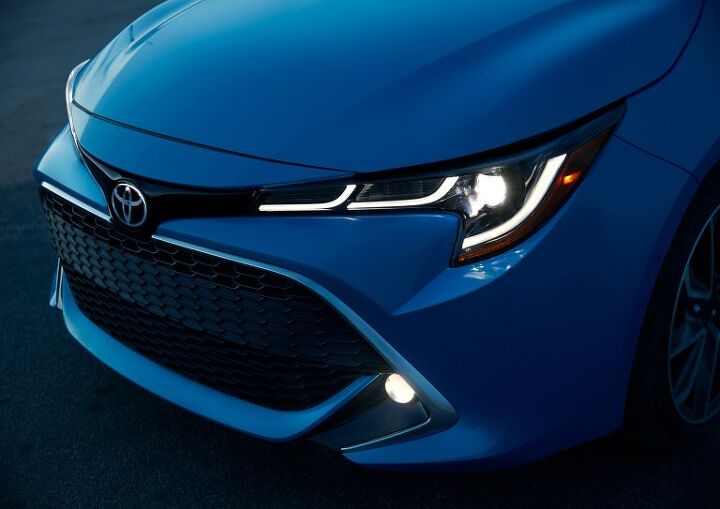












Recent Comments